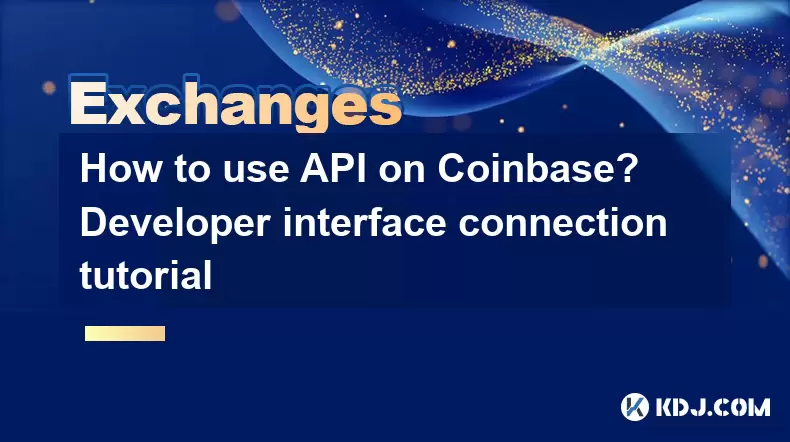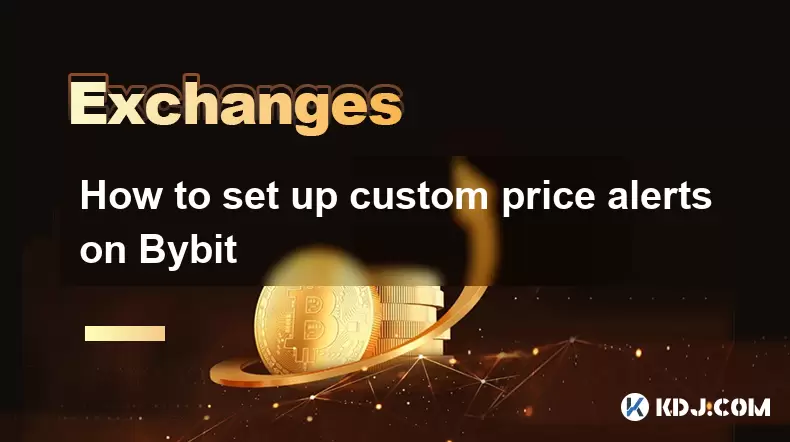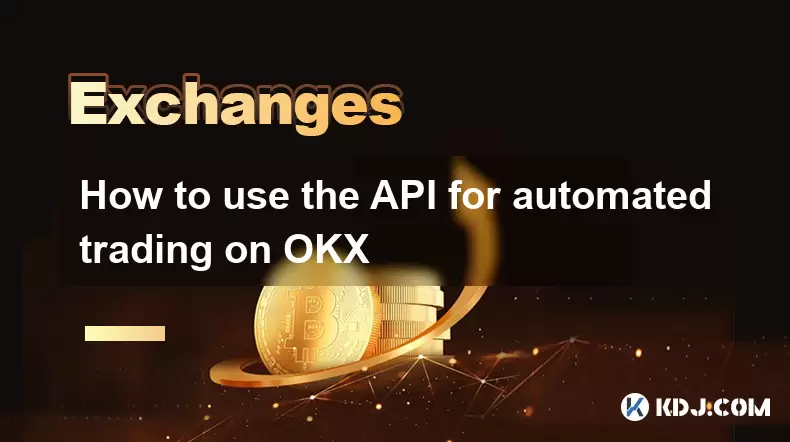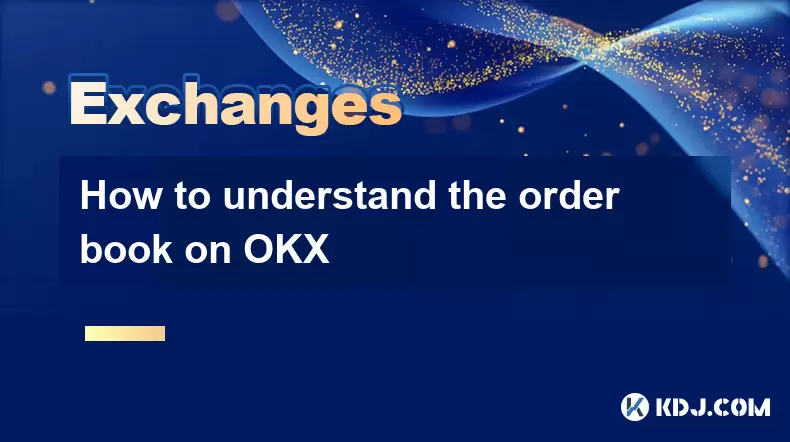-
 Bitcoin
Bitcoin $115000
0.88% -
 Ethereum
Ethereum $3727
2.86% -
 XRP
XRP $3.001
2.15% -
 Tether USDt
Tether USDt $1.000
0.03% -
 BNB
BNB $765.7
0.59% -
 Solana
Solana $169.5
3.52% -
 USDC
USDC $0.9999
0.00% -
 TRON
TRON $0.3391
1.24% -
 Dogecoin
Dogecoin $0.2059
2.68% -
 Cardano
Cardano $0.7418
2.24% -
 Hyperliquid
Hyperliquid $37.92
1.29% -
 Stellar
Stellar $0.4017
2.54% -
 Sui
Sui $3.508
2.67% -
 Chainlink
Chainlink $16.87
2.81% -
 Bitcoin Cash
Bitcoin Cash $569.4
2.08% -
 Hedera
Hedera $0.2472
0.22% -
 Ethena USDe
Ethena USDe $1.001
0.01% -
 Avalanche
Avalanche $22.29
1.22% -
 Litecoin
Litecoin $118.0
0.74% -
 UNUS SED LEO
UNUS SED LEO $8.924
-0.75% -
 Toncoin
Toncoin $3.236
1.65% -
 Shiba Inu
Shiba Inu $0.00001238
1.79% -
 Uniswap
Uniswap $9.827
3.02% -
 Polkadot
Polkadot $3.684
1.92% -
 Dai
Dai $1.000
0.01% -
 Monero
Monero $283.0
-2.73% -
 Bitget Token
Bitget Token $4.362
0.47% -
 Cronos
Cronos $0.1458
4.97% -
 Pepe
Pepe $0.00001054
2.58% -
 Ethena
Ethena $0.6238
9.53%
How to use API on Coinbase? Developer interface connection tutorial
The Coinbase API empowers developers to interact programmatically with account balances, trades, and market data, enhancing automation and application development in cryptocurrency.
Jun 05, 2025 at 03:56 pm

Using the Coinbase API to interact with your account and the broader cryptocurrency market can be an empowering tool for developers and traders alike. This tutorial will walk you through the process of connecting to the Coinbase developer interface, setting up your environment, and making your first API call. Whether you're looking to automate trades, monitor your portfolio, or develop new applications, understanding how to leverage the Coinbase API is essential.
Understanding the Coinbase API
Before diving into the technical steps, it's important to understand what the Coinbase API offers. The Coinbase API is a set of protocols and tools that allow developers to interact with Coinbase's platform programmatically. This means you can access account balances, execute trades, and retrieve market data without needing to manually navigate the Coinbase website or mobile app. The API is designed to be robust and secure, supporting a wide range of operations from basic account management to advanced trading strategies.
Setting Up Your Coinbase Developer Account
To begin using the Coinbase API, you must first set up a developer account. Here's how to do it:
- Visit the Coinbase Developer Portal: Navigate to the official Coinbase Developer website.
- Create an Account: If you don't already have a Coinbase account, you'll need to sign up for one. If you do, log in with your existing credentials.
- Apply for API Access: Once logged in, go to the section where you can apply for API access. You'll need to provide some information about your intended use of the API.
- Wait for Approval: After submitting your application, you'll need to wait for Coinbase to review and approve it. This process can take a few days.
Obtaining Your API Keys
Once your developer account is approved, you'll need to generate API keys to authenticate your requests. Here's how to obtain them:
- Log into the Developer Dashboard: Access your Coinbase Developer Dashboard.
- Generate New API Key: Look for the option to generate a new API key. You'll be prompted to name your key and set permissions based on what operations you want to perform.
- Secure Your Keys: After generating the keys, you'll receive an API key and a secret key. These are crucial for authenticating your API requests, so store them securely and never share them publicly.
Setting Up Your Development Environment
With your API keys in hand, the next step is to set up your development environment. This involves choosing a programming language and installing the necessary libraries. For this tutorial, we'll use Python, which is widely used in the cryptocurrency development community.
- Install Python: If you don't already have Python installed, download and install it from the official Python website.
- Install the Coinbase Python Library: Open a terminal or command prompt and run the following command to install the Coinbase Python library:
pip install coinbase. - Set Up Your Code Editor: Choose a code editor or IDE that you're comfortable with, such as Visual Studio Code, PyCharm, or Sublime Text.
Making Your First API Call
Now that your environment is set up, you're ready to make your first API call to the Coinbase API. Let's write a simple Python script to retrieve your account balance.
- Import the Coinbase Library: Start by importing the necessary modules in your Python script:
from coinbase.wallet.client import Client - Initialize the Client: Use your API key and secret key to initialize the Coinbase client:
client = Client('YOUR_API_KEY', 'YOUR_API_SECRET') - Retrieve Account Balance: Call the API to retrieve your account balance:
accounts = client.get_accounts()
for account in accounts['data']:print(account['balance']['amount'] + ' ' + account['balance']['currency']) - Run the Script: Save your script and run it from the terminal or command prompt. You should see your account balances printed to the console.
Handling Authentication and Security
Security is paramount when working with APIs, especially those dealing with financial data. Here are some best practices for handling authentication and securing your API interactions:
- Use Environment Variables: Instead of hardcoding your API keys in your script, use environment variables to store them securely. In Python, you can use the
osmodule to access these variables:import osapi_key = os.environ.get('COINBASE_API_KEY')
api_secret = os.environ.get('COINBASE_API_SECRET')
client = Client(api_key, api_secret) - Implement Rate Limiting: Coinbase imposes rate limits on API requests to prevent abuse. Ensure your application respects these limits to avoid being blocked.
- Use HTTPS: Always use HTTPS when making API requests to ensure that your data is encrypted and secure.
Troubleshooting Common Issues
When working with the Coinbase API, you may encounter some common issues. Here's how to troubleshoot them:
- Invalid API Key: If you receive an error indicating that your API key is invalid, double-check that you've entered the correct key and secret. Also, ensure that your keys haven't been revoked.
- Rate Limit Exceeded: If you're hitting rate limits, review your application's request frequency and implement appropriate throttling.
- Connection Errors: If you're experiencing connection issues, check your internet connection and ensure that Coinbase's servers are operational.
Frequently Asked Questions
Q: Can I use the Coinbase API to trade cryptocurrencies automatically?
A: Yes, the Coinbase API supports automated trading. You can use the API to place buy and sell orders, monitor market conditions, and execute trades based on predefined criteria.
Q: Are there any limitations on the number of API requests I can make?
A: Yes, Coinbase imposes rate limits on API requests. The specific limits depend on your account type and the type of request being made. It's important to review Coinbase's documentation to understand these limits and implement appropriate rate limiting in your application.
Q: How do I handle errors returned by the Coinbase API?
A: The Coinbase API returns error codes and messages that can help you diagnose issues. You should implement error handling in your code to catch and respond to these errors appropriately. For example, in Python, you can use try-except blocks to handle API exceptions.
Q: Is it possible to access real-time market data through the Coinbase API?
A: Yes, the Coinbase API provides access to real-time market data, including current prices, order books, and trade history. You can use this data to build trading algorithms or monitor market conditions.
Disclaimer:info@kdj.com
The information provided is not trading advice. kdj.com does not assume any responsibility for any investments made based on the information provided in this article. Cryptocurrencies are highly volatile and it is highly recommended that you invest with caution after thorough research!
If you believe that the content used on this website infringes your copyright, please contact us immediately (info@kdj.com) and we will delete it promptly.
- IREN Overtakes: A New King in the Bitcoin Miner Hashrate Race?
- 2025-08-07 16:31:29
- Memecoins Mania: Whales Eye Pepe Dollar (PEPD) as Bonk Cools Off, While MoonBull Hogs the Spotlight!
- 2025-08-07 16:51:17
- Unilabs, PEPE, and Investment Risk: Navigating the Crypto Hype
- 2025-08-07 16:31:29
- Meme Coin Mania: Rug Pulls, CZ-Inspired Tokens, and the Wild West of Crypto
- 2025-08-07 16:57:14
- HashFlare Founders Face the Music: Jail Time Looms?
- 2025-08-07 14:30:12
- Pepeto's Pounce: Meme Coin Mania Meets Blockchain Infrastructure
- 2025-08-07 15:10:12
Related knowledge

How to deposit USD on Bitstamp
Aug 07,2025 at 05:18pm
Understanding Bitstamp and USD DepositsBitstamp is one of the longest-standing cryptocurrency exchanges in the industry, offering users the ability to...

How to set up custom price alerts on Bybit
Aug 07,2025 at 04:31pm
Understanding Price Alerts on BybitPrice alerts on Bybit are essential tools for traders who want to stay informed about significant price movements i...

How to use the API for automated trading on OKX
Aug 07,2025 at 05:21pm
Understanding the OKX API for Automated TradingThe OKX API provides a powerful interface for users to automate their trading strategies, access real-t...

How to claim airdropped tokens on Gate.io
Aug 07,2025 at 04:01pm
Understanding Airdropped Tokens on Gate.ioAirdropped tokens are digital assets distributed for free by blockchain projects to promote awareness, incen...

How to paper trade cryptocurrencies on OKX
Aug 07,2025 at 06:01pm
Understanding Paper Trading in the Cryptocurrency ContextPaper trading, also known as simulated or virtual trading, allows users to practice buying an...

How to understand the order book on OKX
Aug 07,2025 at 03:49pm
What Is an Order Book on OKX?The order book on OKX is a real-time, dynamic list of all open buy and sell orders for a specific cryptocurrency trading ...

How to deposit USD on Bitstamp
Aug 07,2025 at 05:18pm
Understanding Bitstamp and USD DepositsBitstamp is one of the longest-standing cryptocurrency exchanges in the industry, offering users the ability to...

How to set up custom price alerts on Bybit
Aug 07,2025 at 04:31pm
Understanding Price Alerts on BybitPrice alerts on Bybit are essential tools for traders who want to stay informed about significant price movements i...

How to use the API for automated trading on OKX
Aug 07,2025 at 05:21pm
Understanding the OKX API for Automated TradingThe OKX API provides a powerful interface for users to automate their trading strategies, access real-t...

How to claim airdropped tokens on Gate.io
Aug 07,2025 at 04:01pm
Understanding Airdropped Tokens on Gate.ioAirdropped tokens are digital assets distributed for free by blockchain projects to promote awareness, incen...

How to paper trade cryptocurrencies on OKX
Aug 07,2025 at 06:01pm
Understanding Paper Trading in the Cryptocurrency ContextPaper trading, also known as simulated or virtual trading, allows users to practice buying an...

How to understand the order book on OKX
Aug 07,2025 at 03:49pm
What Is an Order Book on OKX?The order book on OKX is a real-time, dynamic list of all open buy and sell orders for a specific cryptocurrency trading ...
See all articles

























































































